List of minerals on:
[Wikipedia]
[Google]
[Amazon]
This is a list of minerals for which there are articles on Wikipedia.

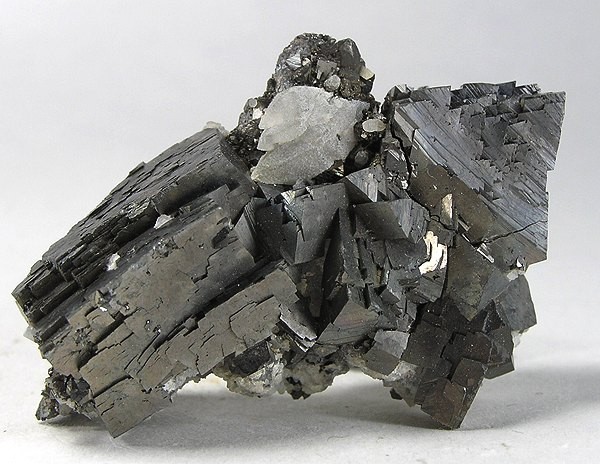

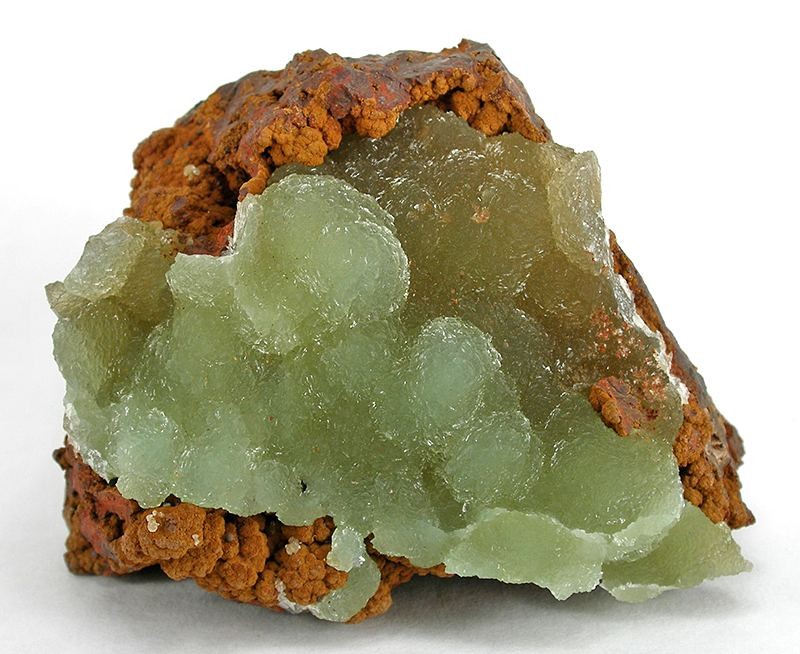
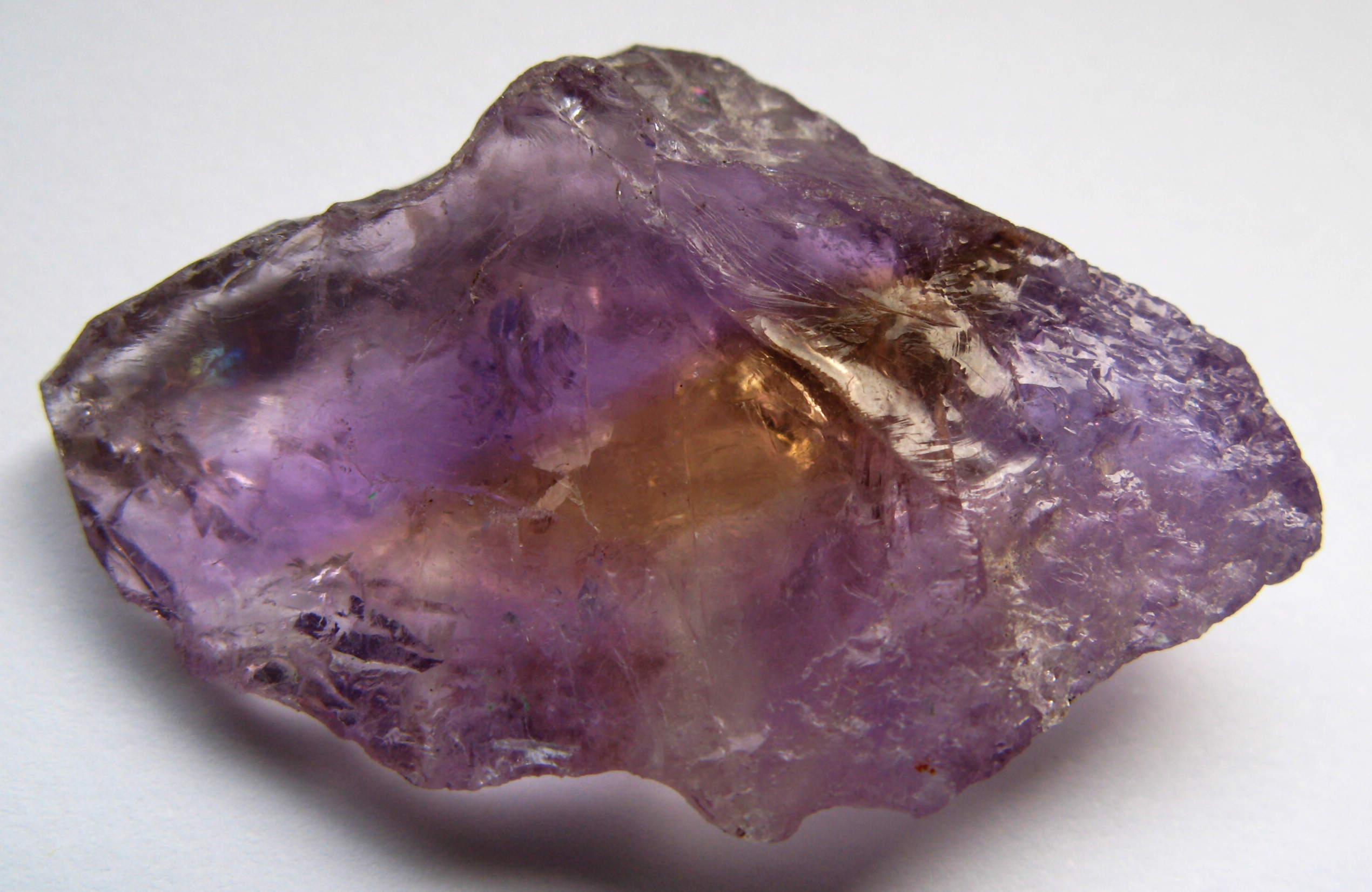 :Varieties that are not valid species:
* Adamantine spar (variety of corundum)
*
:Varieties that are not valid species:
* Adamantine spar (variety of corundum)
*



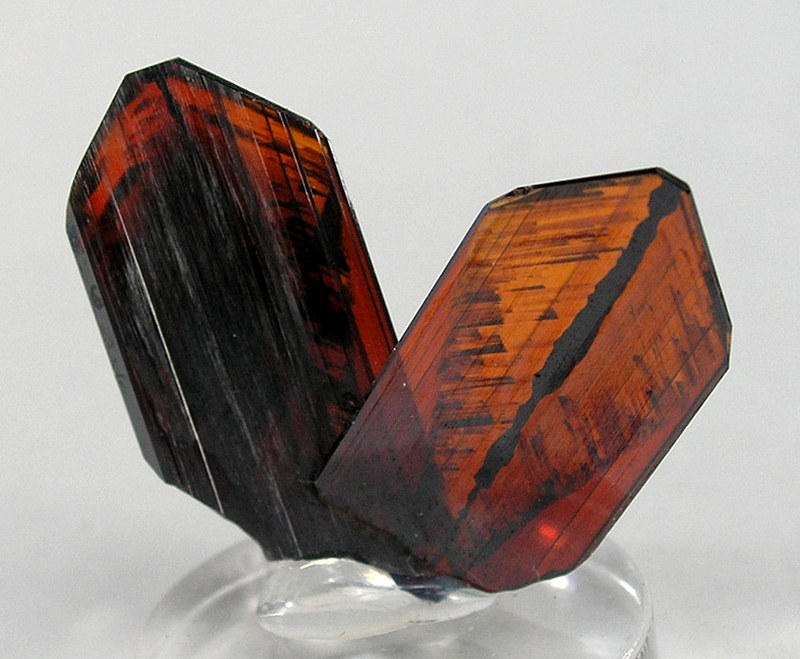 :Varieties that are not valid species:
* Barbertonite (polytype of stichtite)
*
:Varieties that are not valid species:
* Barbertonite (polytype of stichtite)
*
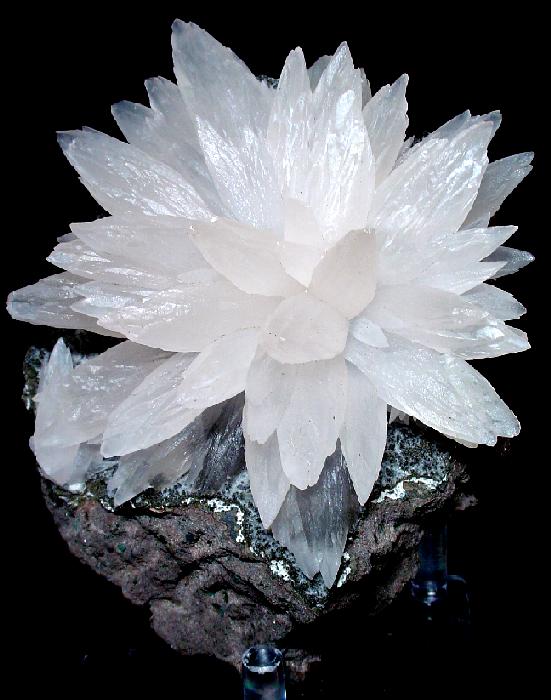



 :Varieties that are not valid species:
*
:Varieties that are not valid species:
*
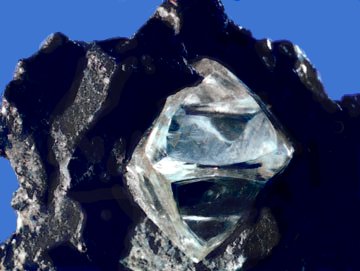 :Varieties that are not valid species:
* Delessite (magnesian chamosite)
*
:Varieties that are not valid species:
* Delessite (magnesian chamosite)
*
 :Varieties that are not valid species:
* Elsmoreite (pure hydrokenoelsmoreite)
*
:Varieties that are not valid species:
* Elsmoreite (pure hydrokenoelsmoreite)
*

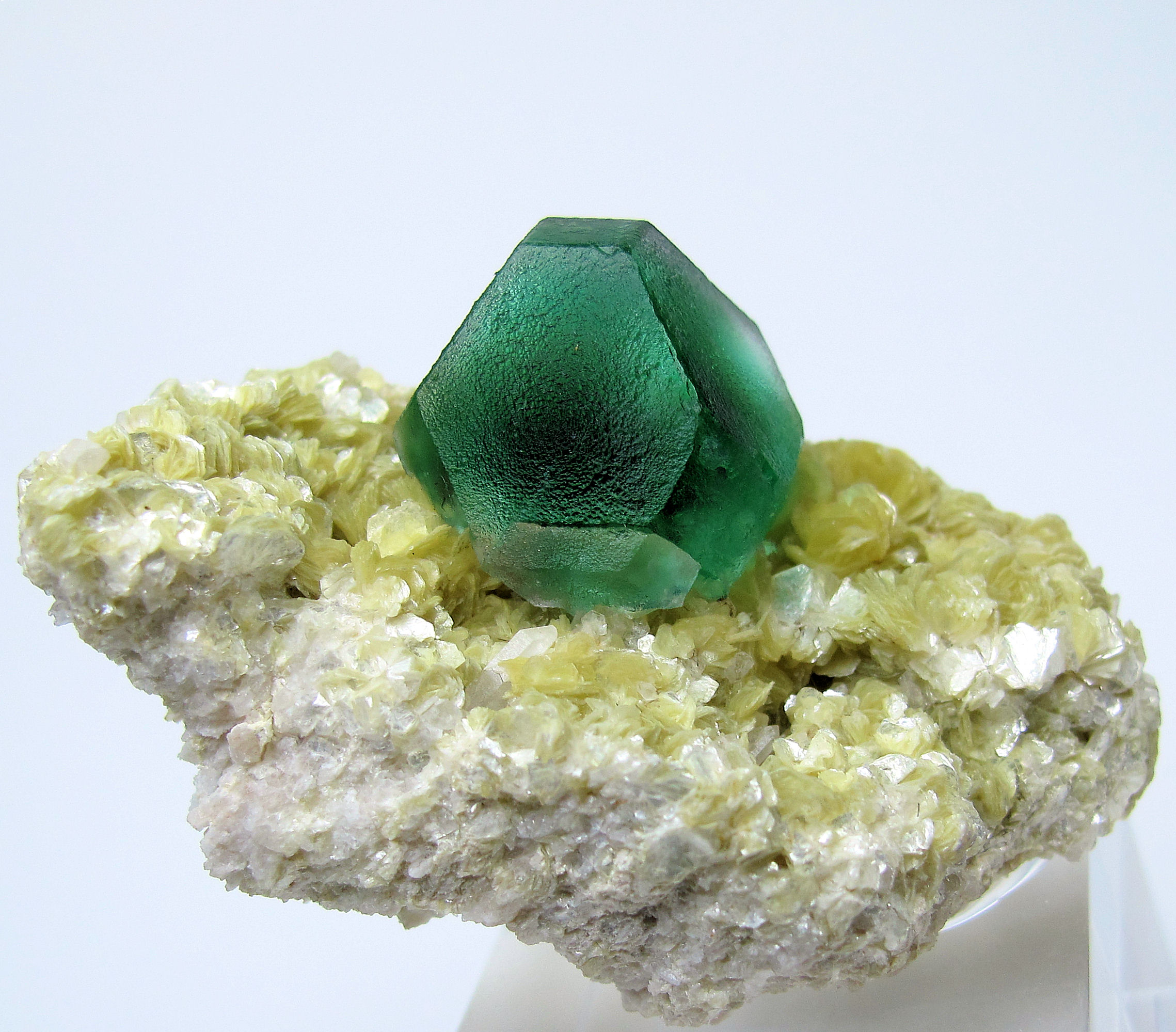 :Varieties that are not valid species:
*
:Varieties that are not valid species:
*
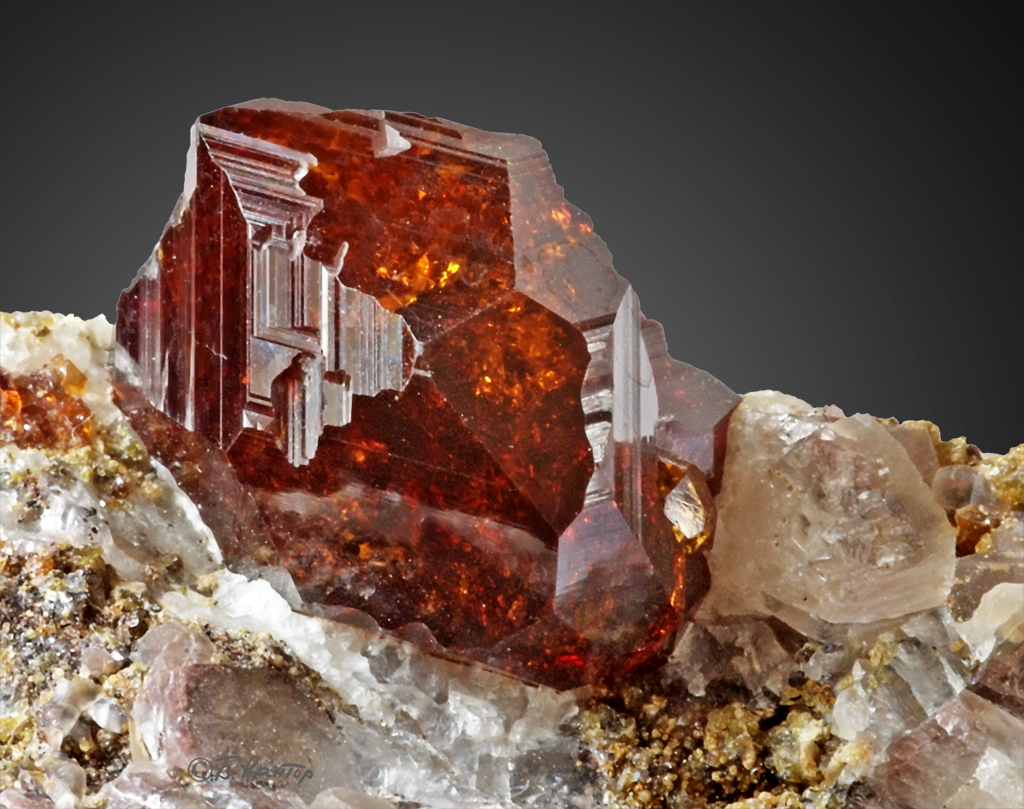 :Varieties that are not valid species:
*
:Varieties that are not valid species:
*

 :Varieties that are not valid species:
*
:Varieties that are not valid species:
*
 :Varieties that are not valid species:
* Idocrase (synonym of vesuvianite)
*
:Varieties that are not valid species:
* Idocrase (synonym of vesuvianite)
*
 :Varieties that are not valid species:
* Keilhauite (variety of titanite)
* Kerolite (variety of talc) (not approved by IMA)
* Krantzite (natural resin)
*
:Varieties that are not valid species:
* Keilhauite (variety of titanite)
* Kerolite (variety of talc) (not approved by IMA)
* Krantzite (natural resin)
*
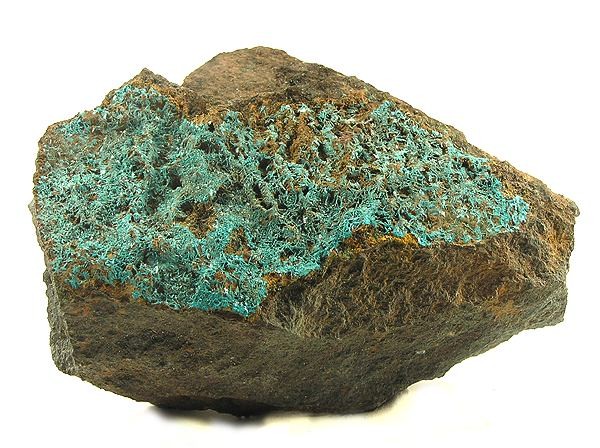

 :Varieties that are not valid species:
* Larimar (blue variety of pectolite)
*
:Varieties that are not valid species:
* Larimar (blue variety of pectolite)
*
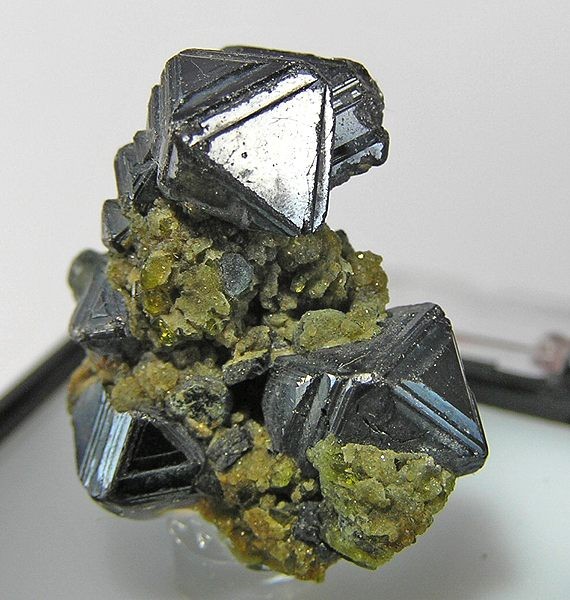


 :Varieties that are not valid species:
* Magnesia
*
:Varieties that are not valid species:
* Magnesia
*
 :Varieties that are not valid species:
* Nephrite (variety of tremolite/actinolite)
*
:Varieties that are not valid species:
* Nephrite (variety of tremolite/actinolite)
*
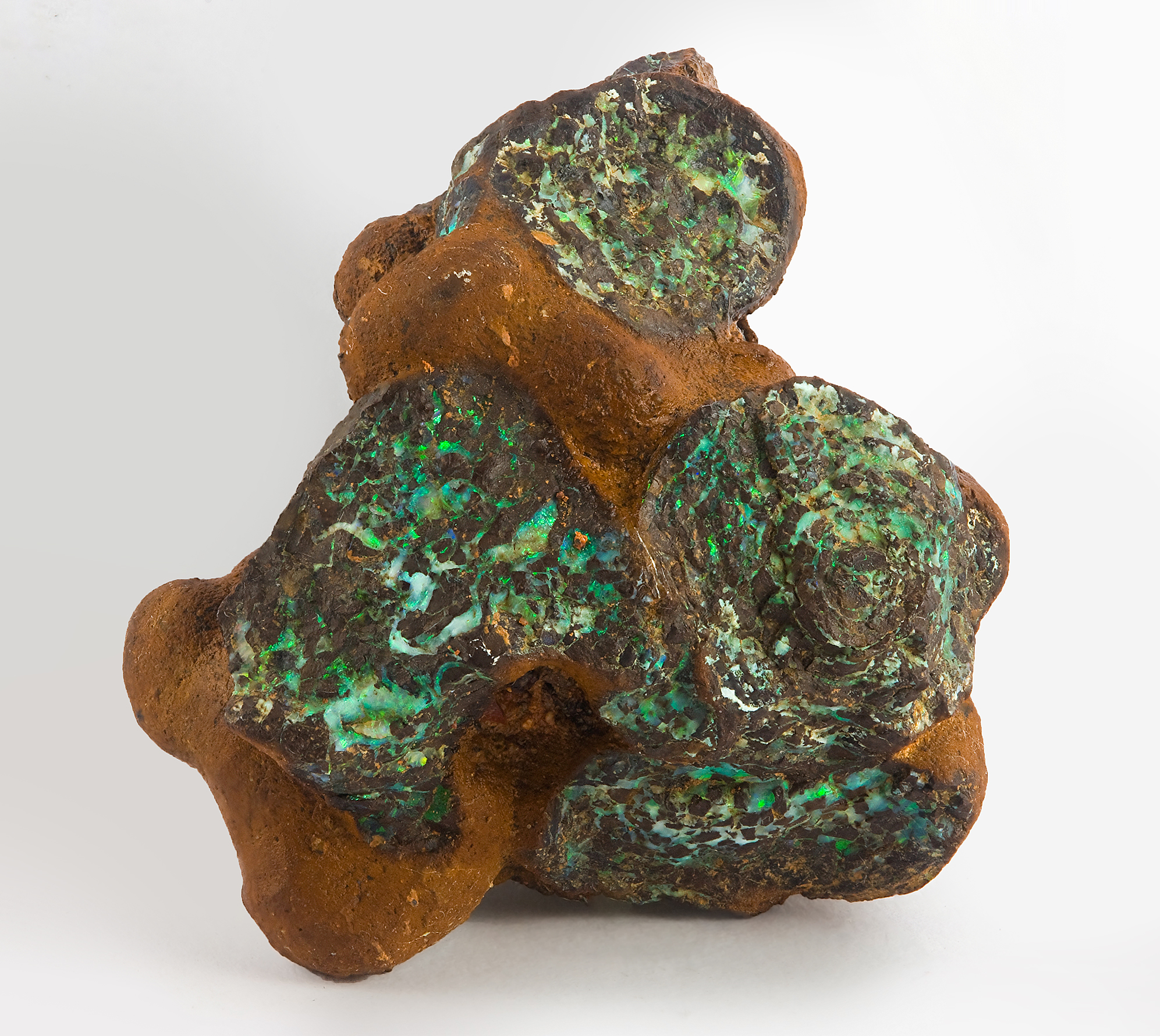 :Varieties that are not valid species:
*
:Varieties that are not valid species:
*
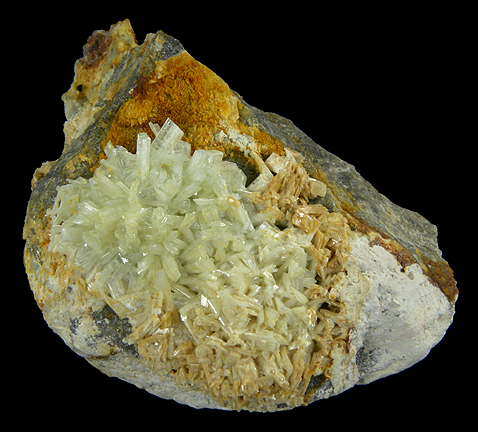


 :Varieties that are not valid species:
* Parachrysotile (a polytype of chrysotile)
*
:Varieties that are not valid species:
* Parachrysotile (a polytype of chrysotile)
*


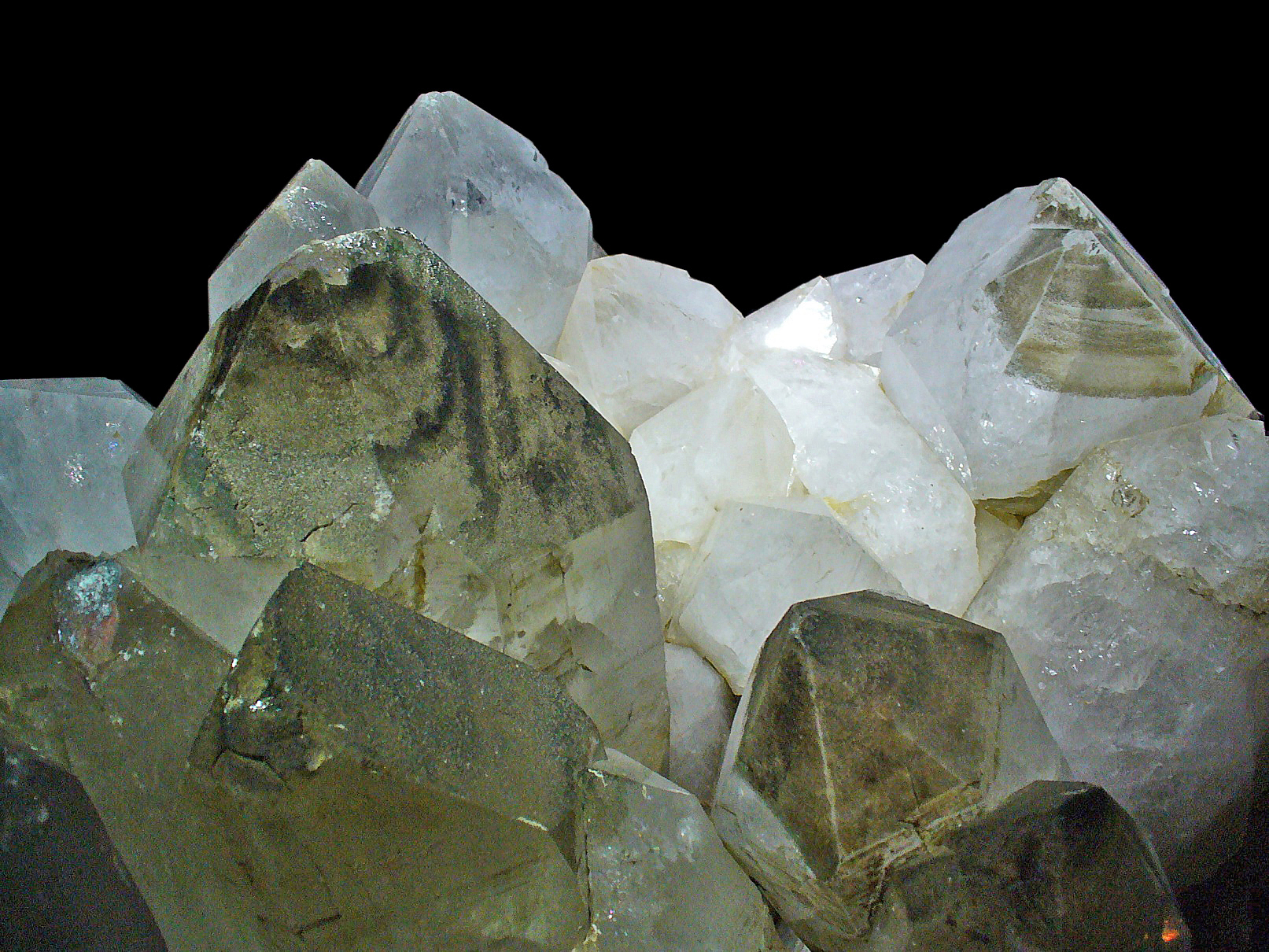 :Varieties that are not valid species:
* Rashleighite (variety of turquoise)
*
:Varieties that are not valid species:
* Rashleighite (variety of turquoise)
*




 :Varieties that are not valid species:
*
:Varieties that are not valid species:
*

 :Varieties that are not valid species:
*
:Varieties that are not valid species:
*
 :Varieties that are not valid species:
*
:Varieties that are not valid species:
*



 :Varieties that are not valid species:
*
:Varieties that are not valid species:
*

 :Varieties that are not valid species:
*
:Varieties that are not valid species:
*
Mineralatlas.eu - The mineralogical and geological database
Mindat.org – The Mineral Database
Gemdat.org – The Gemstone Database
Gemsociety.org - Gemstone Toxicity Table
List01 *List01 Minerals01
Mineral
In geology and mineralogy, a mineral or mineral species is, broadly speaking, a solid chemical compound with a fairly well-defined chemical composition and a specific crystal structure that occurs naturally in pure form.John P. Rafferty, ed. (2 ...
s are distinguished by various chemical and physical properties. Differences in chemical composition and crystal structure distinguish the various ''species''. Within a mineral species there may be variation in physical properties or minor amounts of impurities that are recognized by mineralogists or wider society as a mineral ''variety''.
Mineral variety names are listed after the valid minerals for each letter.
For a more complete listing of all mineral names, see List of minerals recognized by the International Mineralogical Association
Mineralogy is an active science in which minerals are discovered or recognised on a regular basis. Use of old mineral names is also discontinued, for example when a name is no longer considered valid. Therefore, a list of recognised mineral spec ...
.
A



 :Varieties that are not valid species:
* Adamantine spar (variety of corundum)
*
:Varieties that are not valid species:
* Adamantine spar (variety of corundum)
*Agate
Agate () is a common rock formation, consisting of chalcedony and quartz as its primary components, with a wide variety of colors. Agates are primarily formed within volcanic and metamorphic rocks. The ornamental use of agate was common in Anci ...
(variety of chalcedony and quartz)
*Alabaster
Alabaster is a mineral or rock that is soft, often used for carving, and is processed for plaster powder. Archaeologists and the stone processing industry use the word differently from geologists. The former use it in a wider sense that include ...
(variety of gypsum)
*Alexandrite
The mineral or gemstone chrysoberyl is an aluminate of beryllium with the formula Be Al2 O4. The name chrysoberyl is derived from the Greek words χρυσός ''chrysos'' and βήρυλλος ''beryllos'', meaning "a gold-white spar". Despite ...
(variety of chrysoberyl)
* Allingite (synonym of amber)
*Alum
An alum () is a type of chemical compound, usually a hydrated double sulfate salt of aluminium with the general formula , where is a monovalent cation such as potassium or ammonium. By itself, "alum" often refers to potassium alum, with the ...
*Amazonite
Amazonite, also known as Amazonstone, is a green tectosilicate mineral, a variety of the potassium feldspar called microcline. Its chemical formula is KAlSi3O8, which is polymorphic to orthoclase.
Its name is taken from that of the Amazon Rive ...
(variety of microcline)
*Amethyst
Amethyst is a violet variety of quartz. The name comes from the Koine Greek αμέθυστος ''amethystos'' from α- ''a-'', "not" and μεθύσκω (Ancient Greek) / μεθώ (Modern Greek), "intoxicate", a reference to the belief that ...
(purple variety of quartz)
*Ametrine
Ametrine, also known as trystine or by its trade name as bolivianite, is a naturally occurring variety of quartz. It is a mixture of amethyst and citrine with zones of purple and yellow or orange. Almost all commercially available ametrine is m ...
(variety of quartz)
*Ammolite
Ammolite is an opal-like organic gemstone found primarily along the eastern slopes of the Rocky Mountains of North America. It is made of the fossilized shells of ammonites, which in turn are composed primarily of aragonite, the same mineral co ...
(organic; also a gemstone
A gemstone (also called a fine gem, jewel, precious stone, or semiprecious stone) is a piece of mineral crystal which, in cut and polished form, is used to make jewelry or other adornments. However, certain rocks (such as lapis lazuli, opal, ...
)
*Amosite
Grunerite is a mineral of the amphibole group of minerals with formula Fe7 Si8 O22( OH)2. It is the iron endmember of the grunerite-cummingtonite series. It forms as fibrous, columnar or massive aggregates of crystals. The crystals are monoclini ...
(asbestiform grunerite)
*Antozonite
Antozonite (historically known as Stinkspat, Stinkfluss, Stinkstein, Stinkspar and fetid fluorite) is a radioactive fluorite variety first found in Wölsendorf, Bavaria, in 1841, and named in 1862.
It is characterized by the presence of multip ...
(variety of fluorite)
*Anyolite
Anyolite is a metamorphic rock composed of intergrown green zoisite, black/dark green pargasite and ruby. It has been found in the Arusha Region of Tanzania and in Austria. It is sometimes incorrectly advertised as a variety of the mineral zoisit ...
(metamorphic rock - zoisite, ruby, and hornblende)
* Aquamarine (light blue variety of beryl)
*Argentite
In mineralogy, argentite (from the Latin ''argentum'', silver) is cubic silver sulfide (Ag2S), which can only exist at temperatures above 173 °C, 177 °C or 179 °C. When it cools to ordinary temperatures it turns into its monocli ...
(high temperature form of acanthite)
*Asbestos
Asbestos () is a naturally occurring fibrous silicate mineral. There are six types, all of which are composed of long and thin fibrous crystals, each fibre being composed of many microscopic "fibrils" that can be released into the atmosphere b ...
(fibrous serpentine- or amphibole minerals)
* Auerlite (variety of thorite)
* Avalite (chromian variety of illite)
*Aventurine
Aventurine is a form of quartz, characterised by its translucency and the presence of platy mineral inclusions that give it a shimmering or glistening effect termed ''aventurescence''.
Background
The most common color of aventurine is green, ...
(variety of quartz)
B



 :Varieties that are not valid species:
* Barbertonite (polytype of stichtite)
*
:Varieties that are not valid species:
* Barbertonite (polytype of stichtite)
*Bauxite
Bauxite is a sedimentary rock with a relatively high aluminium content. It is the world's main source of aluminium and gallium. Bauxite consists mostly of the aluminium minerals gibbsite (Al(OH)3), boehmite (γ-AlO(OH)) and diaspore (α-AlO ...
(aluminium ore)
* Beckerite (natural resin)
*Bentonite
Bentonite () is an absorbent swelling clay consisting mostly of montmorillonite (a type of smectite) which can either be Na-montmorillonite or Ca-montmorillonite. Na-montmorillonite has a considerably greater swelling capacity than Ca-m ...
(mixture of montmorillonite and other clays)
* Bixbite (red gem variety of beryl)
* Bowenite (variety of antigorite)
* Brammallite (variety of illite)
* Brokenhillite (not approved by IMA)
* Buergerite (renamed to fluor-buergerite)
* Bursaite (not approved by IMA)
*Bytownite
Bytownite is a calcium rich member of the plagioclase solid solution series of feldspar minerals with composition between anorthite and labradorite. It is usually defined as having between 70 and 90% An (formula: (Ca0.7-0.9,Na0.3-0.1) l(Al,Si)Si2 ...
(variety of anorthite)
C




 :Varieties that are not valid species:
*
:Varieties that are not valid species:
*Campylite
Campylite is a variety of the lead arsenate mineral mimetite which received the name from the Greek 'kampylos'- bent, on account of the barrel-shaped bend of its crystals. It has also been used as an alternate name for pyromorphite.
It occurs in ...
(variety of mimetite)
*Carnelian
Carnelian (also spelled cornelian) is a brownish-red mineral commonly used as a semi-precious gemstone. Similar to carnelian is sard, which is generally harder and darker (the difference is not rigidly defined, and the two names are often used ...
(variety of quartz)
*Cementite
Cementite (or iron carbide) is a compound of iron and carbon, more precisely an intermediate transition metal carbide with the formula Fe3C. By weight, it is 6.67% carbon and 93.3% iron. It has an orthorhombic crystal structure. It is a hard, ...
(synthetic cohenite)
*Ceylonite
Ceylonite (first cited 1793) and pleonaste (first cited 1801) or pleonast are dingy blue or grey to black varieties of spinel. Ceylonite, named for the island of Ceylon, is a ferroan spinel with Mg:Fe from 3:1 and 1:1, and little or no ferric ir ...
(variety of spinel)
*Chalcedony
Chalcedony ( , or ) is a cryptocrystalline form of silica, composed of very fine intergrowths of quartz and moganite. These are both silica minerals, but they differ in that quartz has a trigonal crystal structure, while moganite is monocli ...
(cryptocrystalline variety of quartz and moganite)
* Chiastolite (variety of andalusite)
*Chlorastrolite
Chlorastrolite, also known as Isle Royale Greenstone, is a green or bluish green stone.Arguably the rarest gemstone in the world and one of the most valuable American gemstones. The gem quality specimens are typically found on Isle Royale, a large ...
(variety of pumpellyite-(Mg))
* Chrysoprase (green nickel bearing chalcedony)
*Chrysotile
Chrysotile or white asbestos is the most commonly encountered form of asbestos, accounting for approximately 95% of the asbestos in the United StatesOccupational Safety and Health Administration, U.S. Department of Labor (2007)29 C.F.R.&nb ...
(group name - asbestiform serpentine)
* Citrine (yellow variety of quartz)
*Cleveite
Cleveite is an impure radioactive variety of uraninite containing uranium, found in Norway. It has the composition UO2 with about 10% of the uranium substituted by rare-earth elements. It was named after Swedish chemist Per Teodor Cleve.
Cleveit ...
(variety of uraninite)
* Clinochrysotile (polytype of chrysotile)
*Coltan
Coltan (short for columbite–tantalites and known industrially as tantalite) is a dull black metallic ore from which the elements niobium and tantalum are extracted. The niobium-dominant mineral in coltan is columbite (after niobium's original ...
(short for minerals of the columbite group)
*Crocidolite
Riebeckite is a sodium-rich member of the amphibole group of silicate minerals, chemical formula Na2(Fe2+3Fe3+2)Si8O22(OH)2. It forms a solid solution series with magnesioriebeckite. It crystallizes in the monoclinic system, usually as long prism ...
(asbestiform riebeckite)
* Cymophane (variety of chrysoberyl)
D
 :Varieties that are not valid species:
* Delessite (magnesian chamosite)
*
:Varieties that are not valid species:
* Delessite (magnesian chamosite)
*Diallage
Diallage is an inosilicate, meaning it is a chain silicate, and is a part of the pyroxene group. Diallage is a junction between augite and diopside, just like fassaite. It was named in 1801 by René Just Haüy. Its name derives from the Greek wo ...
(a junction between augite and diopside)
E
 :Varieties that are not valid species:
* Elsmoreite (pure hydrokenoelsmoreite)
*
:Varieties that are not valid species:
* Elsmoreite (pure hydrokenoelsmoreite)
*Emerald
Emerald is a gemstone and a variety of the mineral beryl (Be3Al2(SiO3)6) colored green by trace amounts of chromium or sometimes vanadium.Hurlbut, Cornelius S. Jr. and Kammerling, Robert C. (1991) ''Gemology'', John Wiley & Sons, New York, p ...
(green gem variety of beryl)
F

 :Varieties that are not valid species:
*
:Varieties that are not valid species:
*Fassaite
Fassaite is a variety of augite with a very low iron content, . It is named after the Fassa Valley, Italy.
It is thought to be a contact mineral formed at high temperature on the interface between volcanic rocks and limestone. It is also report ...
(variety of augite)
* Ferrocolumbite (synonym of columbite-(Fe))
*Ferrotantalite
The mineral group tantalite Fe,_manganese.html"_;"title="iron.html"_;"title="iron">Fe,_manganese">Mn)Tantalum">Ta2oxygen.html" ;"title="manganese">Mn)Tantalum.html" ;"title="iron">Fe,_manganese.html" ;"title="iron.html" ;"title="iron">Fe, manga ...
(synonym of tantalite-(Fe))
*Fluorspar
Fluorite (also called fluorspar) is the mineral form of calcium fluoride, CaF2. It belongs to the halide minerals. It crystallizes in isometric cubic habit, although octahedral and more complex isometric forms are not uncommon.
The Mohs sca ...
(synonym of fluorite)
*Francolite
Francolite is a carbonate rich variety of the mineral fluorapatitehttp://www.mindat.org/min-4910.html Mindat.org and is present in most sedimentary phosphorites. It has a variable chemical composition which can be represented by .R. A. Benmore, M ...
(variety of fluorapatite)
G
 :Varieties that are not valid species:
*
:Varieties that are not valid species:
*Garnierite
Garnierite is a general name for a green nickel ore which is found in pockets and veins within weathered and serpentinized ultramafic rocks. It forms by lateritic weathering of ultramafic rocks and occurs in many nickel laterite deposits in the ...
(a nickel ore)
* Gedanite (fossilized resin)
* Glessite (natural resin)
* Goshenite (colorless variety of beryl)
H

 :Varieties that are not valid species:
*
:Varieties that are not valid species:
*Hatchettite
Hatchettite (also mountain tallow, mineral tallow, mineral adipocire, or adipocerite) is a mineral hydrocarbon. It has been claimed to be the same as evenkite.
Characteristics
Hatchettite occurs in the coal measures of Belgium and elsewhere, occ ...
(a paraffin wax)
*Heliodor
Beryl ( ) is a mineral composed of beryllium aluminium silicate with the chemical formula Be3Al2Si6O18. Well-known varieties of beryl include emerald and aquamarine. Naturally occurring, hexagonal crystals of beryl can be up to several me ...
(greenish-yellow variety of beryl)
* Heliotrope (variety of chalcedony)
*Hessonite
Grossular is a calcium-aluminium species of the garnet group of minerals. It has the chemical formula of Ca3Al2(SiO4)3 but the calcium may, in part, be replaced by ferrous iron and the aluminium by ferric iron. The name grossular is derived from t ...
(variety of grossular)
* Hiddenite (variety of spodumene)
*Hyalite
Hyalite is a transparent form of opal with a glassy lustre. It may exhibit an internal play of colors if natural inclusions are present. It is also called Muller's glass, water opal, and jalite. Müller's glass is named after its discoverer, F ...
(variety of opal)
* Hyalophane (synonym of jaloallofane)
*Hypersthene
Hypersthene is a common rock-forming inosilicate mineral belonging to the group of orthorhombic pyroxenes. Its chemical formula is . It is found in igneous and some metamorphic rocks as well as in stony and iron meteorites. Many references have f ...
(synonym of enstatite or ferrosilite, or mid-way member of the enstatite–ferrosilite series) (not approved by IMA)
I
 :Varieties that are not valid species:
* Idocrase (synonym of vesuvianite)
*
:Varieties that are not valid species:
* Idocrase (synonym of vesuvianite)
*Iolite
Cordierite (mineralogy) or iolite (gemology) is a magnesium iron aluminium cyclosilicate. Iron is almost always present and a solid solution exists between Mg-rich cordierite and Fe-rich sekaninaite with a series formula: to . A high-temperat ...
(a gem-quality variety of cordierite)
J
:Varieties that are not valid species: *Jade
Jade is a mineral used as jewellery or for ornaments. It is typically green, although may be yellow or white. Jade can refer to either of two different silicate minerals: nephrite (a silicate of calcium and magnesium in the amphibole group ...
(tough, green mineral either jadeite or nephrite amphibole)
*Jasper
Jasper, an aggregate of microgranular quartz and/or cryptocrystalline chalcedony and other mineral phases,Kostov, R. I. 2010. Review on the mineralogical systematics of jasper and related rocks. – Archaeometry Workshop, 7, 3, 209-213PDF/ref ...
(variety of quartz)
* Jeffersonite (variety of augite)
K
 :Varieties that are not valid species:
* Keilhauite (variety of titanite)
* Kerolite (variety of talc) (not approved by IMA)
* Krantzite (natural resin)
*
:Varieties that are not valid species:
* Keilhauite (variety of titanite)
* Kerolite (variety of talc) (not approved by IMA)
* Krantzite (natural resin)
*Kunzite
Spodumene is a pyroxene mineral consisting of lithium aluminium inosilicate, Li Al( Si O3)2, and is a source of lithium. It occurs as colorless to yellowish, purplish, or lilac kunzite (see below), yellowish-green or emerald-green hiddenite, pri ...
(variety of spodumene)
L


Lignite
Lignite, often referred to as brown coal, is a soft, brown, combustible, sedimentary rock formed from naturally compressed peat. It has a carbon content around 25–35%, and is considered the lowest rank of coal due to its relatively low heat ...
(a type of coal)
*Lodestone
Lodestones are naturally magnetized pieces of the mineral magnetite. They are naturally occurring magnets, which can attract iron. The property of magnetism was first discovered in antiquity through lodestones. Pieces of lodestone, suspen ...
(a synonym of magnetite)
*Lublinite
Calcite is a carbonate mineral and the most stable polymorph of calcium carbonate (CaCO3). It is a very common mineral, particularly as a component of limestone. Calcite defines hardness 3 on the Mohs scale of mineral hardness, based on scratc ...
(variety of calcite)
M



 :Varieties that are not valid species:
* Magnesia
*
:Varieties that are not valid species:
* Magnesia
*Magnesiocummingtonite Magnesiocummingtonite is the magnesium rich endmember of the cummingtonite-grunerite series of the amphibole group of minerals, with the following composition:
(Mg)7Si8O22(OH)2.
Magnesiocummingtonite is considered to be an aptly named magnesium ri ...
(magnesium-rich variety of cummingtonite)
* Malacolite (synonym of diopside)
* Manganocolumbite (synonym of columbite-(Mn))
*Manganotantalite
The mineral group tantalite Fe,_manganese.html"_;"title="iron.html"_;"title="iron">Fe,_manganese">Mn)Tantalum">Ta2oxygen.html" ;"title="manganese">Mn)Tantalum.html" ;"title="iron">Fe,_manganese.html" ;"title="iron.html" ;"title="iron">Fe, mang ...
(synonym of tantalite-(Mn))
* Mariposite (variety of phengite/muscovite)
*Meerschaum
Sepiolite, also known in English by the German name meerschaum ( , ; ; meaning " sea foam"), is a soft white clay mineral, often used to make tobacco pipes (known as meerschaum pipes). A complex magnesium silicate, a typical chemical formula ...
(variety of sepiolite)
* Melanite (variety of andradite)
* Menilite (variety of opal)
* Milky quartz (a cloudy white quartz)
*Morganite
Morganite is an orange or pink gemstone and is also a variety of beryl. Morganite can be mined in countries like Brazil, Afghanistan, Mozambique, Namibia, the United States, and Madagascar.
Morganite has grown in popularity since 2010. ''Brides ...
(a pink beryl)
N
 :Varieties that are not valid species:
* Nephrite (variety of tremolite/actinolite)
*
:Varieties that are not valid species:
* Nephrite (variety of tremolite/actinolite)
*Niobite
Columbite, also called niobite, niobite-tantalite and columbate [], is a black mineral group that is an ore of niobium. It has a submetallic Lustre (mineralogy), luster and a high density and is a niobate of iron and manganese. This mineral group w ...
(synonym of columbite)
* Niobite-tantalite (synonym of columbite-tantalite)
O
 :Varieties that are not valid species:
*
:Varieties that are not valid species:
*Oligoclase
Oligoclase is a rock-forming mineral belonging to the plagioclase feldspars. In chemical composition and in its crystallographic and physical characters it is intermediate between albite ( Na Al Si3 O8) and anorthite ( CaAl2Si2O8). The albite: ...
(a mixture of albite and anorthite)
*Onyx
Onyx primarily refers to the parallel banded variety of chalcedony, a silicate mineral. Agate and onyx are both varieties of layered chalcedony that differ only in the form of the bands: agate has curved bands and onyx has parallel bands. The ...
(a monochromatic banded variety of chalcedony)
* Orthochrysotile (a polytype of chrysotile)
P



 :Varieties that are not valid species:
* Parachrysotile (a polytype of chrysotile)
*
:Varieties that are not valid species:
* Parachrysotile (a polytype of chrysotile)
*Pelagosite Pelagosite is a form of pisolitic aragonite ( Ca C O3) whose type locality is the Croatian island group of Palagruža (Italian ''Pelagosa'', whence the name) in the middle of the Adriatic. It was identified by R. Moser in ''Mineralogische und pet ...
(variety of aragonite)
*Pericline :''Pericline also refers to a doubly plunging anticline or syncline.''
Pericline is a form of albite exhibiting elongate prismatic crystals.
Pericline twinning is a type of crystal twinning which show fine parallel twin laminae typically found in ...
(variety of albite)
*Peridot
Peridot ( /ˈpɛr.ɪˌdɒt, -ˌdoʊ/ ''PERR-ih-dot, -doh''), sometimes called chrysolite, is a deep yellowish-green transparent variety of olivine. Peridot is one of the few gemstones that only occurs in one color.
Peridot can be found in ...
(gem-quality olivine)
*Perlite
Perlite is an amorphous volcanic glass that has a relatively high water content, typically formed by the hydration of obsidian. It occurs naturally and has the unusual property of greatly expanding when heated sufficiently. It is an industrial ...
(volcanic glass)
* Phengite (variety of muscovite)
*Phosphorite
Phosphorite, phosphate rock or rock phosphate is a non- detrital sedimentary rock that contains high amounts of phosphate minerals. The phosphate content of phosphorite (or grade of phosphate rock) varies greatly, from 4% to 20% phosphorus pento ...
(name given to impure, massive apatite.)
*Pimelite
Pimelite was discredited as a mineral species by the International Mineralogical Association (IMA) in 2006, in an article which suggests that “pimelite” specimens are probably willemseite (which is approved), or kerolite (which is also discre ...
(not approved by IMA)
*Pitchblende
Uraninite, formerly pitchblende, is a radioactive, uranium-rich mineral and ore with a chemical composition that is largely UO2 but because of oxidation typically contains variable proportions of U3O8. Radioactive decay of the uranium causes t ...
(a massive impure form of uraninite)
*Plessite
Plessite is a meteorite texture consisting of a fine-grained mixture of the minerals kamacite and taenite found in the octahedrite iron meteorites. It occurs in gaps (its name is derived from the Greek "plythos" meaning "filling"according tMinda ...
(mixture of kamacite and taenite
Taenite is a mineral found naturally on Earth mostly in iron meteorites. It is an alloy of iron and nickel, with a chemical formula of and nickel proportions of 20% up to 65%.
The name is derived from the Greek ταινία for "band, ribbon" ...
)
*Potassium alum
Potassium alum, potash alum, or potassium aluminium sulfate is a chemical compound: the double sulfate of potassium and aluminium, with chemical formula KAl(SO4)2. It is commonly encountered as the dodecahydrate, KAl(SO4)2·12H2O. It crystalli ...
or potash alum (as a mineral, is called alum-(K))
Q

R

Rhodolite
Rhodolite is a varietal name for rose-pink to red mineral pyrope, a species in the garnet group. It was first described from Cowee Valley, Macon County, North Carolina. The name is derived from the Greek "rhodon" for "rose-like", in common wi ...
(variety of pyrope)
*Rock crystal
Quartz is a hard, crystalline mineral composed of silica (silicon dioxide). The atoms are linked in a continuous framework of SiO4 silicon-oxygen tetrahedra, with each oxygen being shared between two tetrahedra, giving an overall chemical form ...
(quartz)
*Rose quartz
Quartz is a hard, crystalline mineral composed of silica (silicon dioxide). The atoms are linked in a continuous framework of SiO4 silicon-oxygen tetrahedra, with each oxygen being shared between two tetrahedra, giving an overall chemical form ...
(pink variety of quartz)
* Roumanite (amber)
*Ruby
A ruby is a pinkish red to blood-red colored gemstone, a variety of the mineral corundum ( aluminium oxide). Ruby is one of the most popular traditional jewelry gems and is very durable. Other varieties of gem-quality corundum are called ...
(red gem corundum)
S




 :Varieties that are not valid species:
*
:Varieties that are not valid species:
*Sapphire
Sapphire is a precious gemstone, a variety of the mineral corundum, consisting of aluminium oxide () with trace amounts of elements such as iron, titanium, chromium, vanadium, or magnesium. The name sapphire is derived via the Latin "sa ...
(gem corundum of any color except red, especially blue varieties)
* Sard (a variety of chalcedony/quartz)
*Satinspar
Selenite, satin spar, desert rose, gypsum flower are crystal habit varieties of the mineral gypsum.
All varieties of gypsum, including selenite and alabaster, are composed of calcium sulfate dihydrate (meaning that it has two molecules of wat ...
(a variety of gypsum)
* Selenite (a variety of gypsum)
* Simetite (a variety of amber)
* Smoky quartz (a brown or black variety of quartz)
* Soda niter (synonym of nitratine)
*Spectrolite
Spectrolite is an uncommon variety of labradorite feldspar.
Colors
Spectrolite exhibits a richer range of colors than other labradorites as for instance in Canada or Madagascar (which show mostly tones of blue-grey-green) and high labradoresce ...
(a variety of labradorite)
*Spessartite
Lamprophyres () are uncommon, small-volume ultrapotassic igneous rocks primarily occurring as dikes, lopoliths, laccoliths, stocks, and small intrusions. They are alkaline silica- undersaturated mafic or ultramafic rocks with high magnesium ...
(synonym of spessartine)
* Sphene (synonym of titanite)
* Stantienite (a variety of amber)
*Stibiconite
Stibiconite is an antimony oxide mineral with formula: Sb3O6(OH). Its name originates from Greek "stibi" (antimony) and "konis" (powder), alluding to its composition and habit. It is a member of the pyrochlore super group.
Discovery and occurr ...
(grandfathered by IMA)
* Sunstone (a variety of either oligoclase or orthoclase)
T

 :Varieties that are not valid species:
*
:Varieties that are not valid species:
*Tanzanite
Tanzanite is the blue and violet variety of the mineral zoisite (a calcium aluminium hydroxyl sorosilicate), caused by small amounts of vanadium. Tanzanite belongs to the epidote mineral group. Tanzanite is only found in Simanjiro District of Ma ...
(variety of zoisite)
*Thulite
Thulite (sometimes called rosaline) is a translucent, crystalline or massive pink manganese-bearing variety of the mineral zoisite. Manganese substitutes for calcium in the structure with up to two percent Mn2+. Thulite is often mottled with white ...
(variety of zoisite)
* Thuringite (variety of chamosite)
*Travertine
Travertine ( ) is a form of terrestrial limestone deposited around mineral springs, especially hot springs. It often has a fibrous or concentric appearance and exists in white, tan, cream-colored, and even rusty varieties. It is formed by a p ...
(form of calcium carbonate)
*Tsavorite
Tsavorite or tsavolite is a variety of the garnet group species grossular, a calcium-aluminium garnet with the formula Ca3 Al2 Si3 O12.Gemological Institute of America, ''GIA Gem Reference Guide'' 1995, Trace amounts of vanadium or chromium pro ...
(gem variety of grossularite garnet)
U
Ultramarine
Ultramarine is a deep blue color pigment which was originally made by grinding lapis lazuli into a powder. The name comes from the Latin ''ultramarinus'', literally 'beyond the sea', because the pigment was imported into Europe from mines in Afg ...
*Uralite
Actinolite is an amphibole silicate mineral with the chemical formula .
Etymology
The name ''actinolite'' is derived from the Greek word ''aktis'' (), meaning "beam" or "ray", because of the mineral's fibrous nature.
Mineralogy
Actinolite is ...
(alteration actinolite)
V

W

X

Y
 :Varieties that are not valid species:
*
:Varieties that are not valid species:
*Yttrocerite
Yttrocerite is a variety of the mineral fluorite with a chemical formula Ca F2+( Y, Ce) F3. It is bluish red with isometric crystals and is named for the yttrium and cerium it contains. It has a Mohs hardness of 4–5. It has been found in Swede ...
(variety of fluorite)
* Yttrocolumbite (variety of columbite)
Z

 :Varieties that are not valid species:
*
:Varieties that are not valid species:
*Zajacite-(Ce)
Gagarinite-(Ce) previously zajacite-(Ce) is a rare radioactive fluoride mineral with formula Na( REE''x'' Ca1−''x'')(REE''y''Ca1−''y'') F6. REE refers to rare-earth elements, mostly those belonging to the lanthanide series. It crystallizes in ...
(name changed to gagarinite-(Ce))
* Zhonghuacerite-(Ce) (considered to be kukharenkoite-(Ce) or huanghoite-(Ce))
* Zinalsite (synonym of fraipontite)
See also
* * ** ** ** * * * * * * * * * * Timeline of the discovery and classification of mineralsExternal links
{{Commons category, MineralsMineralatlas.eu - The mineralogical and geological database
Mindat.org – The Mineral Database
Gemdat.org – The Gemstone Database
Gemsociety.org - Gemstone Toxicity Table
List01 *List01 Minerals01